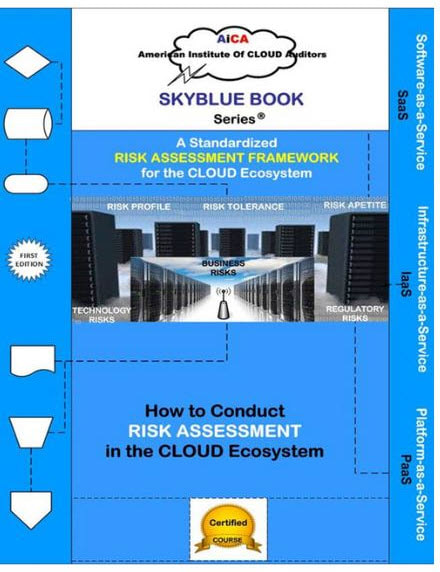U.S. and International Financial Statement Auditing Standards require financial auditors to conduct risk assessment as one of the first steps and an integral part of the financial statements auditing process.
The advent of the CLOUD Ecosystem and related technology has introduced new areas of risk in the business operating environment as CLOUD computing is more distributed, agile, and dynamic than the mainframe, client/server, and web-based business operating environment. This advancement in Information Technology (IT) has complicated the risk assessment tasks financial statement auditors usually perform.
In this course, you will learn about the various CLOUD Deployment Models, CLOUD Service Models, and Derivative CLOUD Service Models, how these technology platforms and services integrate at various points in the compute paradigm and how to conduct risk assessment in these and various other computing environments including but not limited to Edge Computing, IoT, AI, etc.
The advent of the CLOUD Ecosystem and related technology has introduced new areas of risk in the business operating environment as CLOUD computing is more distributed, agile, and dynamic than the mainframe, client/server, and web-based business operating environment. This advancement in Information Technology (IT) has complicated the risk assessment tasks financial statement auditors usually perform.
In this course, you will learn about the various CLOUD Deployment Models, CLOUD Service Models, and Derivative CLOUD Service Models, how these technology platforms and services integrate at various points in the compute paradigm and how to conduct risk assessment in these and various other computing environments including but not limited to Edge Computing, IoT, AI, etc.

